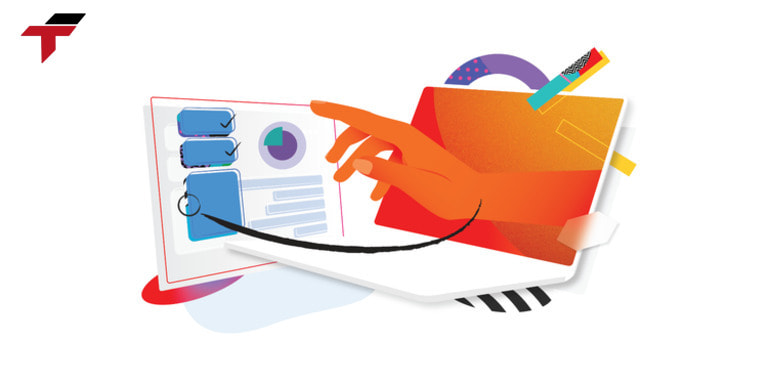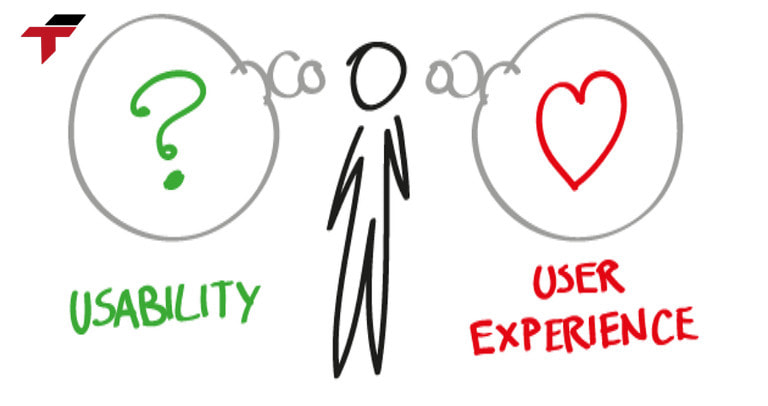In the digital age, a successful technology product not only needs powerful features but also needs to be easy to use. This is where Usability Engineering plays an important role. By optimizing the interface, navigation and user experience, Usability Engineering helps software and websites become more intuitive and efficient, thereby increasing satisfaction and minimizing operating errors. So what is Usability Engineering? How to apply it to create user-friendly products? Let’s find out in detail in this article!
What is Usability Engineering?
Usability Engineering is a field that focuses on designing and improving products to ensure they are easy to use, effective, and meet user needs. It includes methods for researching, testing, and optimizing the user experience (UX), especially in the design of software, automation systems, and technological devices.
Usability Engineering Processes
- User Research: Identify user needs, habits, behaviors, and expectations.
- UI/UX Design & Prototyping: Build product prototypes with appropriate layouts, colors, and navigation.
- Usability Testing: Observe and measure how users interact with the product to detect problems.
- Evaluation & Improvement: Adjust the design based on collected data to enhance the user experience.

Usability Engineering Processes
Why Use Usability Engineering?
Usability Engineering not only makes products easier to use, but also brings practical value during the development and operation process.
- Improve user experience (UX): Usability Engineering makes products easier to use, more intuitive, helping users to operate quickly without complicated instructions. This increases satisfaction, reduces errors and creates long-term attachment to the product.
- Increase performance and efficiency: A well-designed interface helps users complete tasks faster, more accurately and reduces operation time.
- Reduce error correction costs: Detecting errors early in the design process helps reduce the cost of editing later. A user-friendly product also reduces the need for customer support, saving time and operating costs for businesses.
- Widely applied in many fields: Usability Engineering is applied in many industries such as software, healthcare and manufacturing. An easy-to-use system helps doctors, workers and staff operate more efficiently, reduce errors and improve safety.
- Enhance product competitiveness: Products with friendly interfaces attract more customers, creating an advantage over competitors. When users are satisfied, they will appreciate and recommend the product, helping businesses increase brand awareness and expand the market.

What are the benefits of Usability Engineering?
What is the difference between Usability Engineering and User Experience?
Usability Engineering and User Experience (UX) are both concerned with optimizing the user experience, but they have important differences in scope and goals.
Definition
- Usability Engineering: Is an engineering process focused on designing and improving the usability of a product, ensuring that users can use the product easily, effectively and with minimal errors.
- User Experience (UX): Is the overall experience that users have when interacting with a product, including emotions, satisfaction, usability and brand recognition.
Scope
- Usability Engineering focuses only on usability, testing interfaces, navigation, ease of learning and performance.
- UX includes usability but is broader, influenced by many factors such as interface design, user emotions, pre- and post-use experiences.
Main objectives
- Usability Engineering: Make the product easy to use, increase operational efficiency, reduce errors and save time for users.
- UX: Bring an overall positive experience, including convenience, aesthetics, emotions and satisfaction.
Practical applications
- Usability Engineering is widely used in software testing, automation systems, machine interfaces to ensure easy operation.
- UX is often applied in website design, applications, digital products to create an engaging, seamless experience and bring emotional value to users.
Usability Engineering is an important part of UX but not all. If UX focuses on the overall experience, Usability Engineering aims to ensure the product is easy to use and effective. A product with good UX needs to have high usability, but good usability does not mean perfect UX.

What is the difference between Usability Engineering and User Experience?
What are the 5 golden principles in Usability Engineering?
- Learnability: New users can quickly understand and use the product without complicated instructions.
- Efficiency: Help users complete tasks quickly with the least amount of operations.
- Memorability: After a period of non-use, users can still easily operate again without having to learn from the beginning.
- Error Prevention & Recovery: Minimize user-caused errors and provide easy-to-understand troubleshooting instructions when problems occur.
- Satisfaction: Provide a smooth, pleasant experience, helping users feel comfortable using the product.
Applying these principles will help software and websites become friendly and easy to use, thereby increasing user satisfaction and loyalty.

5 golden principles in Usability Engineering
Usability Engineering in Software and Website Design
- Design a simple, intuitive interface: A software or website interface needs to have a clear, easy-to-understand layout so that users can quickly get used to and use it without difficulty.
- Optimize navigation and search capabilities: A good navigation system helps users quickly find the content or features they need without being confused.
- Ensure responsiveness: Smooth transition effects, displaying clear notifications when errors occur or when tasks are completed help improve usability.
- Continuous testing and improvement: Usability Engineering does not stop at the design stage but must also be continuously tested and improved based on actual feedback from users. Methods such as A/B testing help compare and choose the most optimal solution.
- Increased accessibility and cross-platform support: When a product is highly accessible, it reaches more users and provides a better experience for all.
Conclusion
Usability Engineering plays an important role in optimizing the user experience, making software and websites more intuitive, easy to use and effective.
By applying sound design principles, optimizing navigation, increasing responsiveness and continuous improvement, businesses can improve customer satisfaction, reduce support costs and create a competitive advantage in the market.
In the era of strong technology development, investing in Usability Engineering not only helps products reach more users but also contributes to enhancing brand value, ensuring sustainable success in the future.
